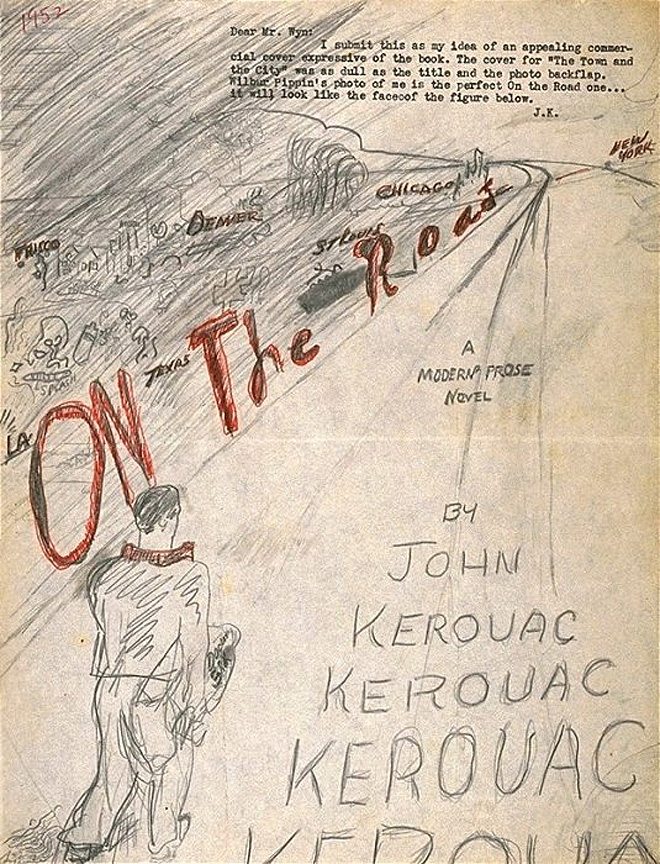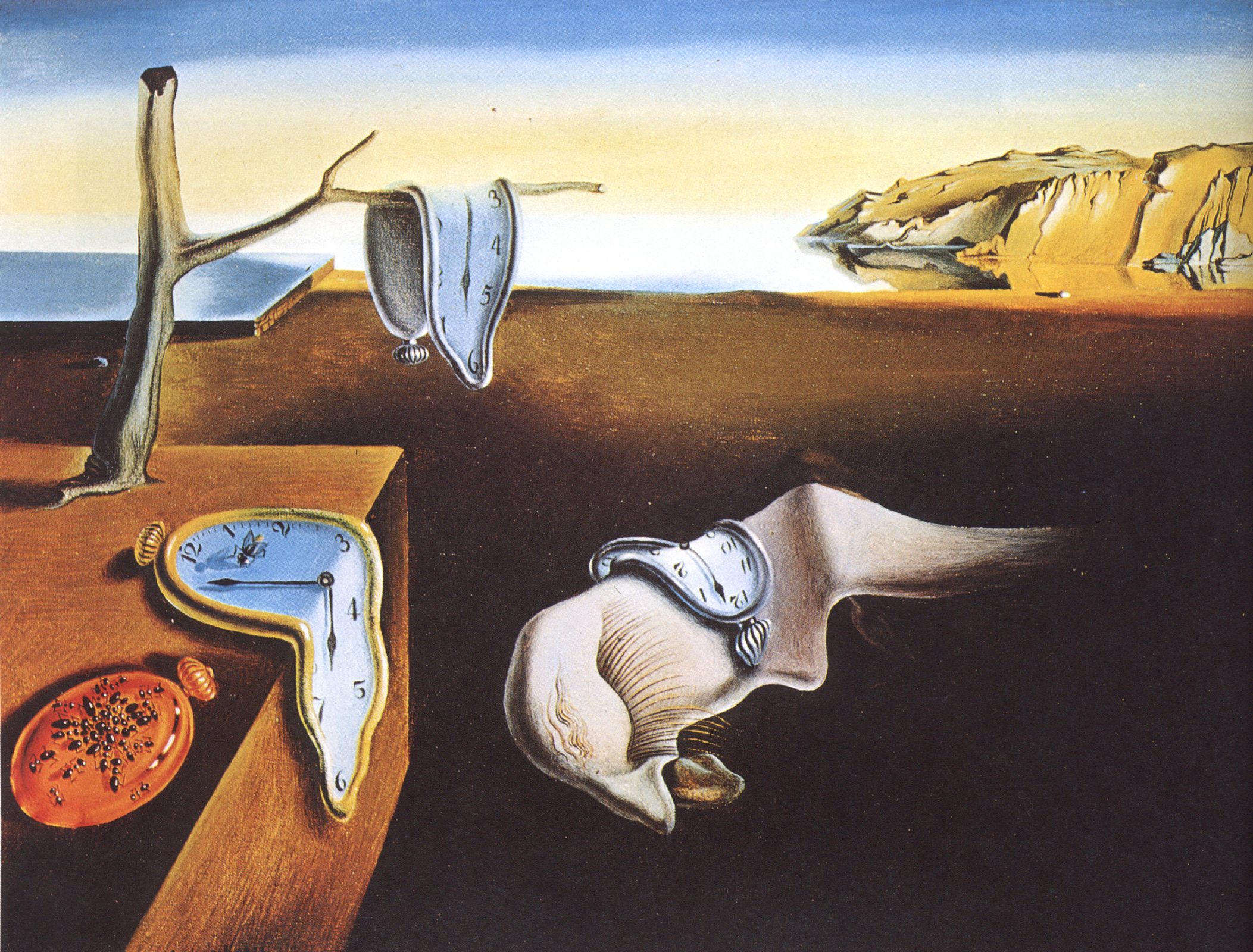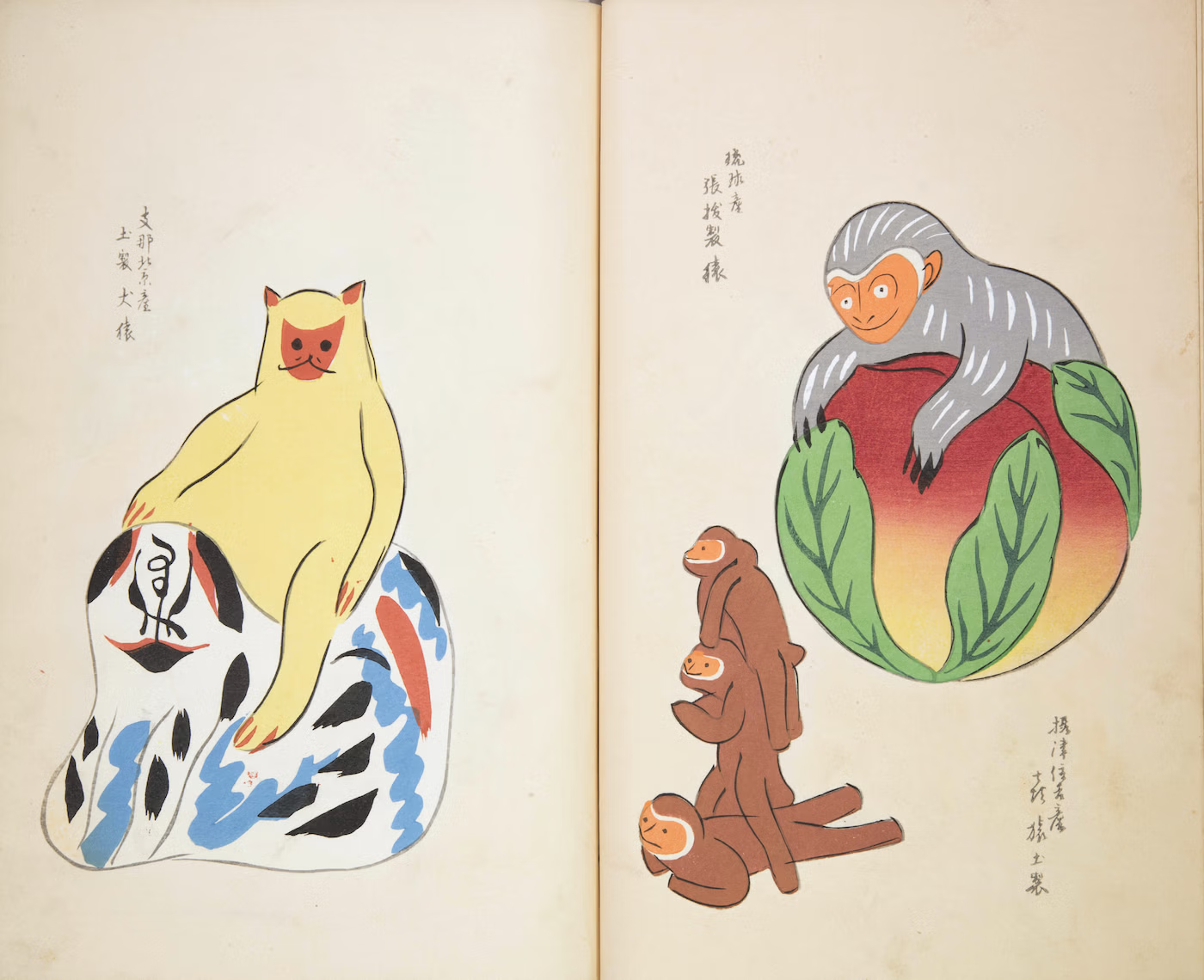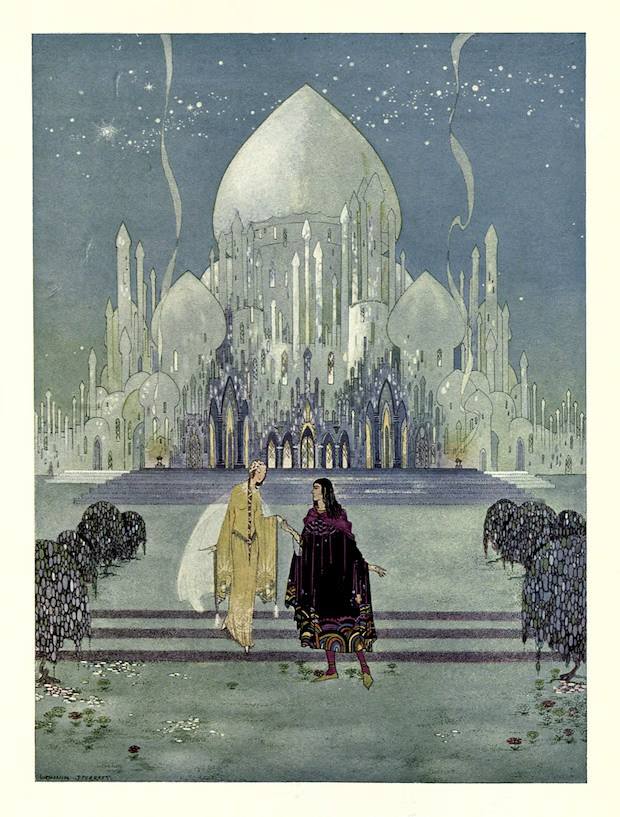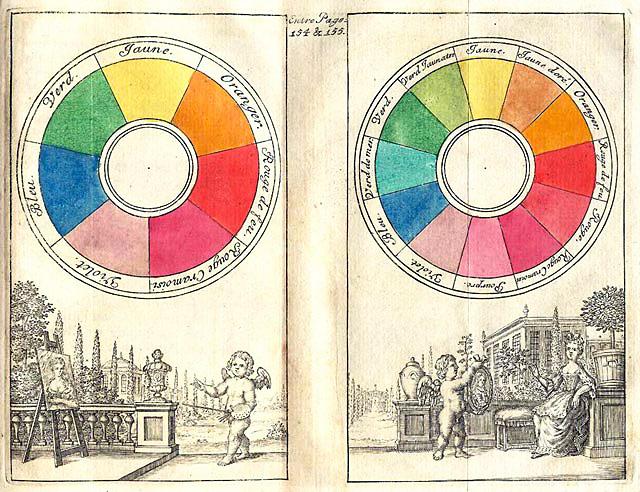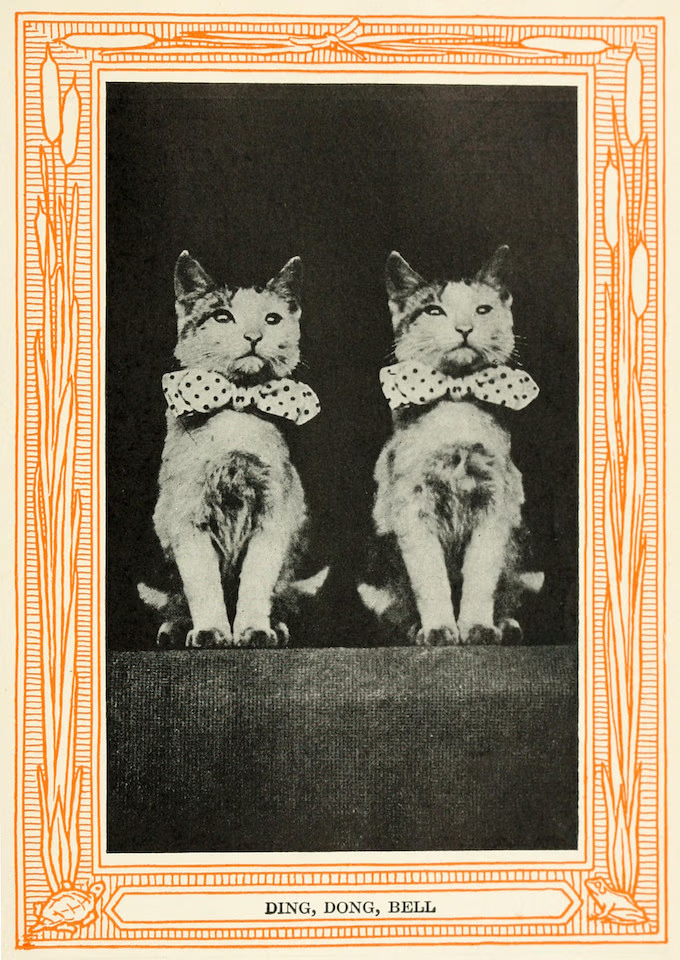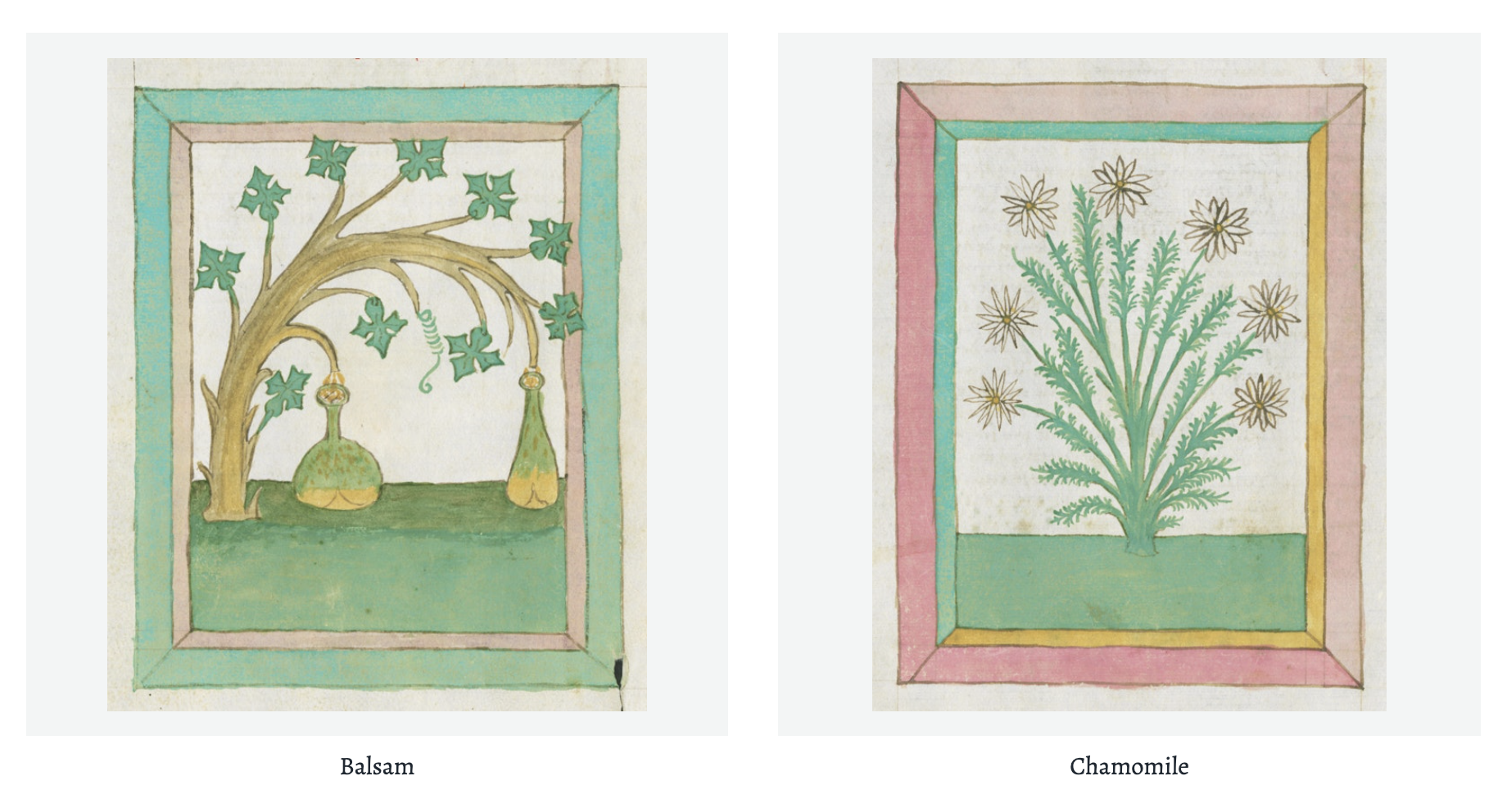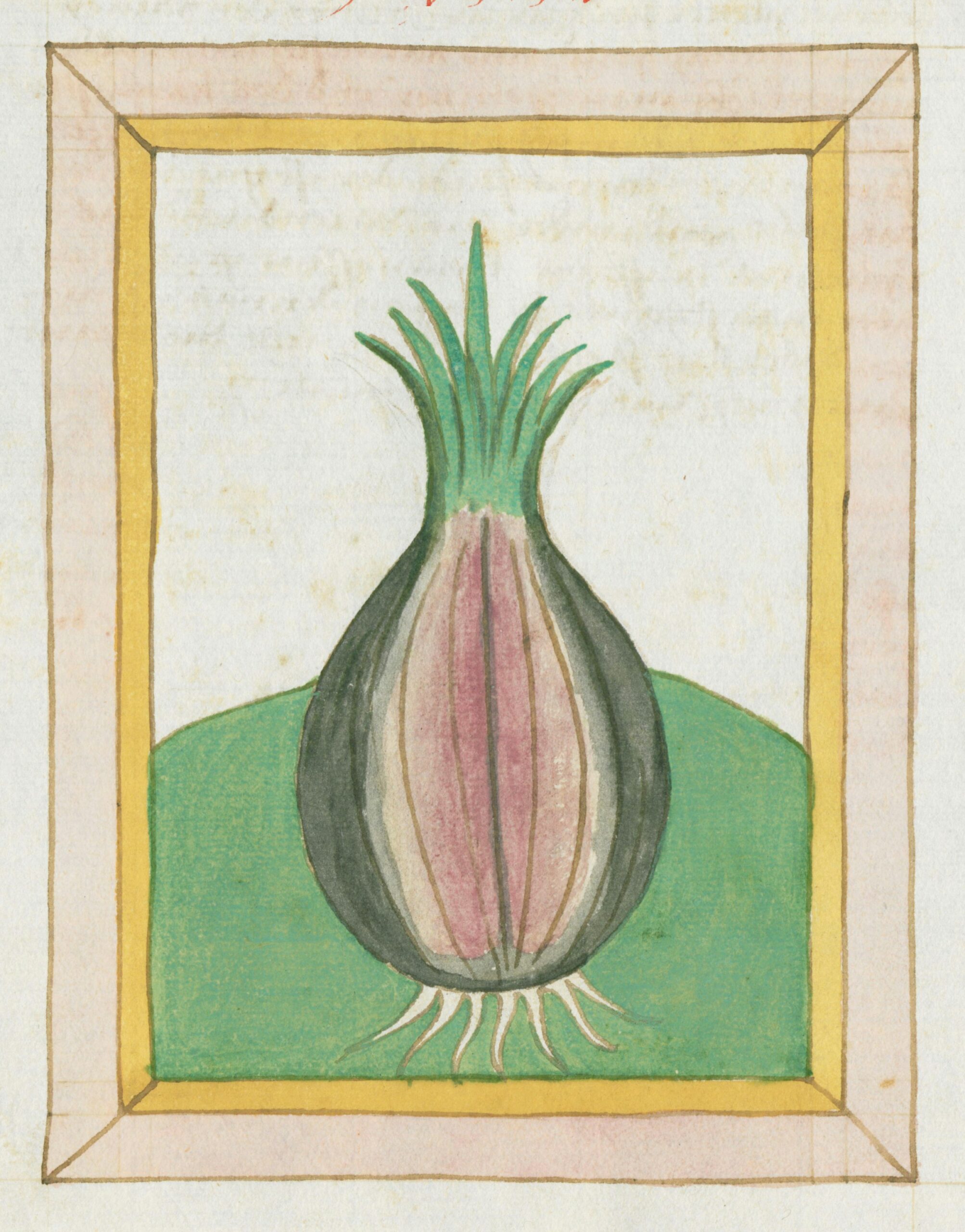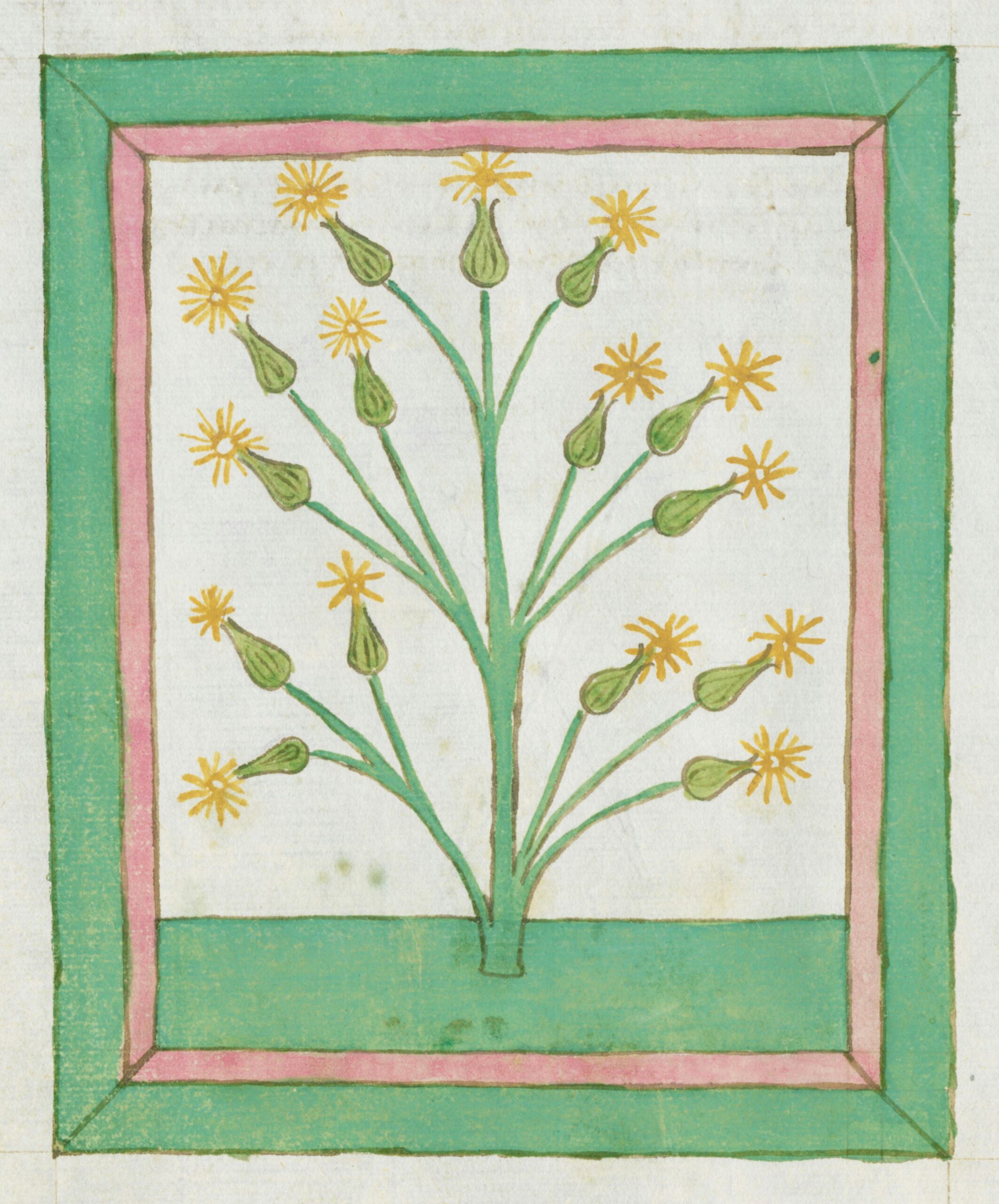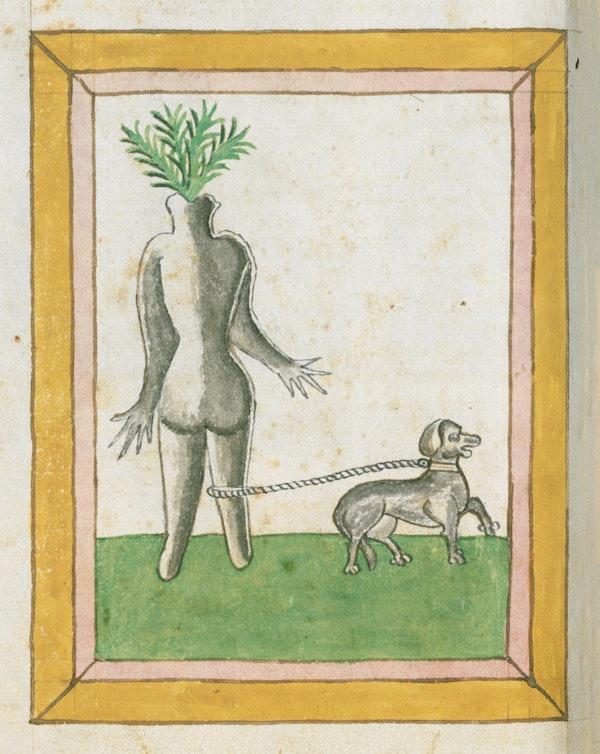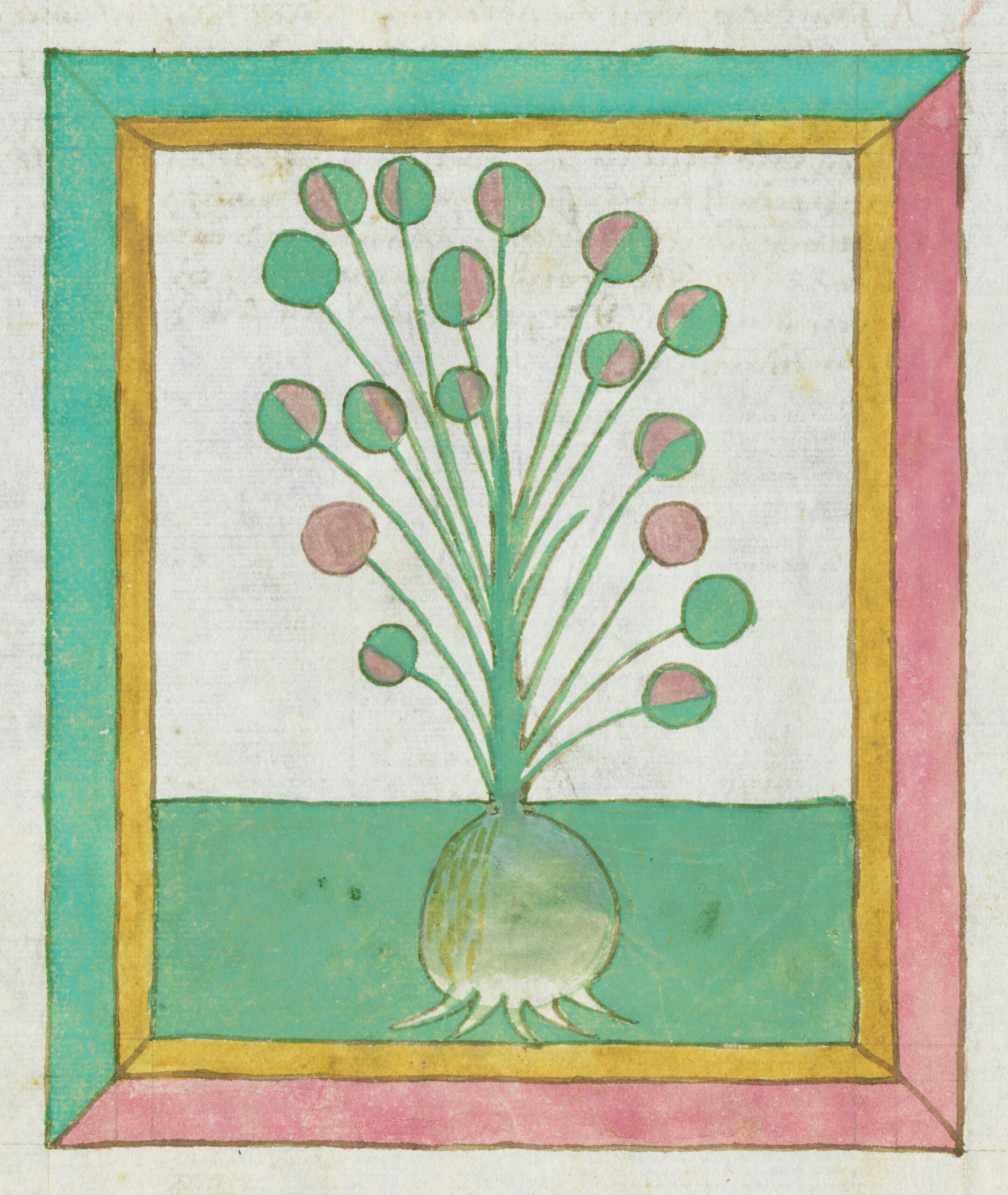Hayao Miyazaki began his career as an animator in 1963, getting in the door at Toei Animation not long before the company ceased to hire regularly. Miyazaki’s equally retirement-resistant contemporary Tetsuya Chiba, already well on his way to fame as a mangaka, or comic artist, published the series Yuki no Taiyou, or Yuki’s Sun, that same year. But the paths of their work wouldn’t cross until 1972, when Yuki no Taiyou was adapted into a pilot for a prospective animated series, the very first project Miyazaki — who had by that point amassed a good deal of experience as not just a key animator and collaborator with Studio Ghibli co-founder-to-be Isao Takahata, but also as a mangaka himself — directed solo.
Despite having been orphaned as an infant, the titular Yuki grows into a high-spirited tomboy so cheerful as to have developed the odd habit of physically striking other people when she gets too happy.
And as with so many parentless protagonists in children’s fiction, she has not just a distinctive personality but also a story-driving desire to discover the truth about her origins — which, it’s intimated, may not be ordinary, and may indeed be special. Her search for her mother sends her on a quest through mountain, valley, wood, and, given the setting of Japan’s northernmost island of Hokkaido, a great deal of snow (the Japanese word for which is a homophone of Yuki’s name).
Alas, this is a quest television audiences would never see, since the plot for Yuki no Taiyou, footage from which you can see in the five-minute teaser above, didn’t draw a network order for a full series. In some respects, it seems conceptually similar to Sasurai no Shoujo Nell, or Wandering Girl Nell, a voluminously loose adaptation of Charles Dickens’ The Old Curiosity Shop that aired in Japan at the end of the seventies. By that time, Miyazaki had completed work on his first animated feature as director, The Castle of Cagliostro. A few years thereafter, he would adapt his own manga Nausicaä of the Valley of the Wind into a motion picture now widely considered the debut of the lavish, captivating Studio Ghibli style — and whose eponymous protagonist has more than a little in common with the adventurous, nature-loving Yuki.
Related content:
Watch Hayao Miyazaki Animate the Final Shot of His Final Feature Film, The Wind Rises
The Philosophy of Hayao Miyazaki: A Video Essay on How the Traditional Japanese Religion Shinto Suffuses Miyazaki’s Films
Hayao Miyazaki, The Mind of a Master: A Thoughtful Video Essay Reveals the Driving Forces Behind the Animator’s Incredible Body of Work
The Films of Hayao Miyazaki Celebrated in a Glorious Concert Arranged by Film Composer Joe Hisaishi
Hayao Miyazaki’s Universe Recreated in a Wonderful CGI Tribute
Based in Seoul, Colin Marshall writes and broadcasts on cities, language, and culture. His projects include the Substack newsletter Books on Cities and the book The Stateless City: a Walk through 21st-Century Los Angeles. Follow him on Twitter at @colinmarshall or on Facebook.


